Why you can trust TechRadar
Performance
When it comes to using Google Daydream View (2017), it’s relatively easy to figure out. After donning the headset, you use the controller like a point-and-click remote to navigate around the main menu and control apps and games.
The controller lost connection with the headset a few times during our testing, but smashing on the home button restored connection relatively quickly.
These moments and others of lost connection can be jarring, though, because whatever you’re looking often glitches – you’re view is suddenly thrown off center, for example.
So be warned that when the controller/phone loses connection, there could be a jitter or other interruption that results in you feeling queasy, or at least peeved that you have to restart whatever you were doing.
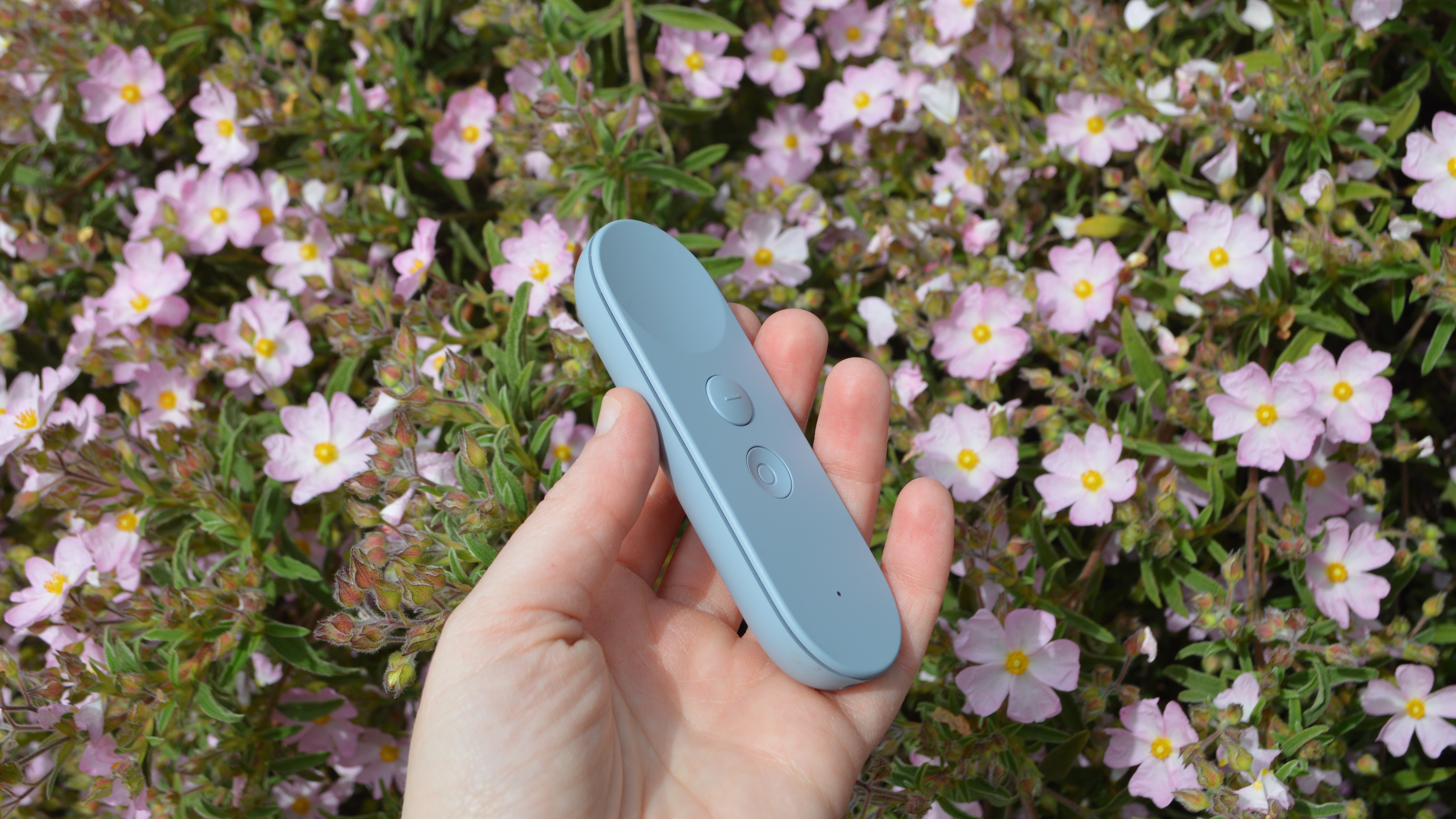
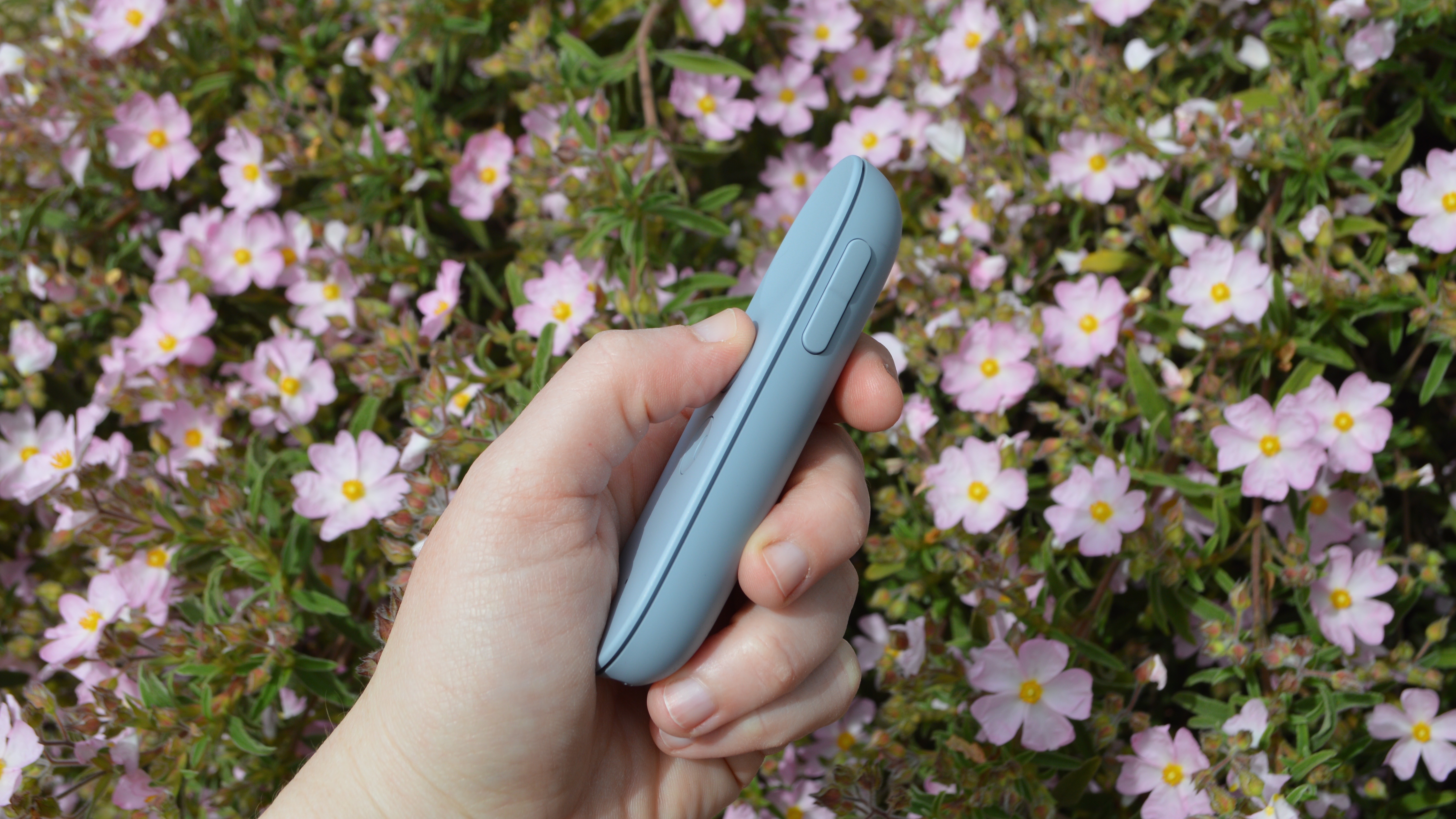
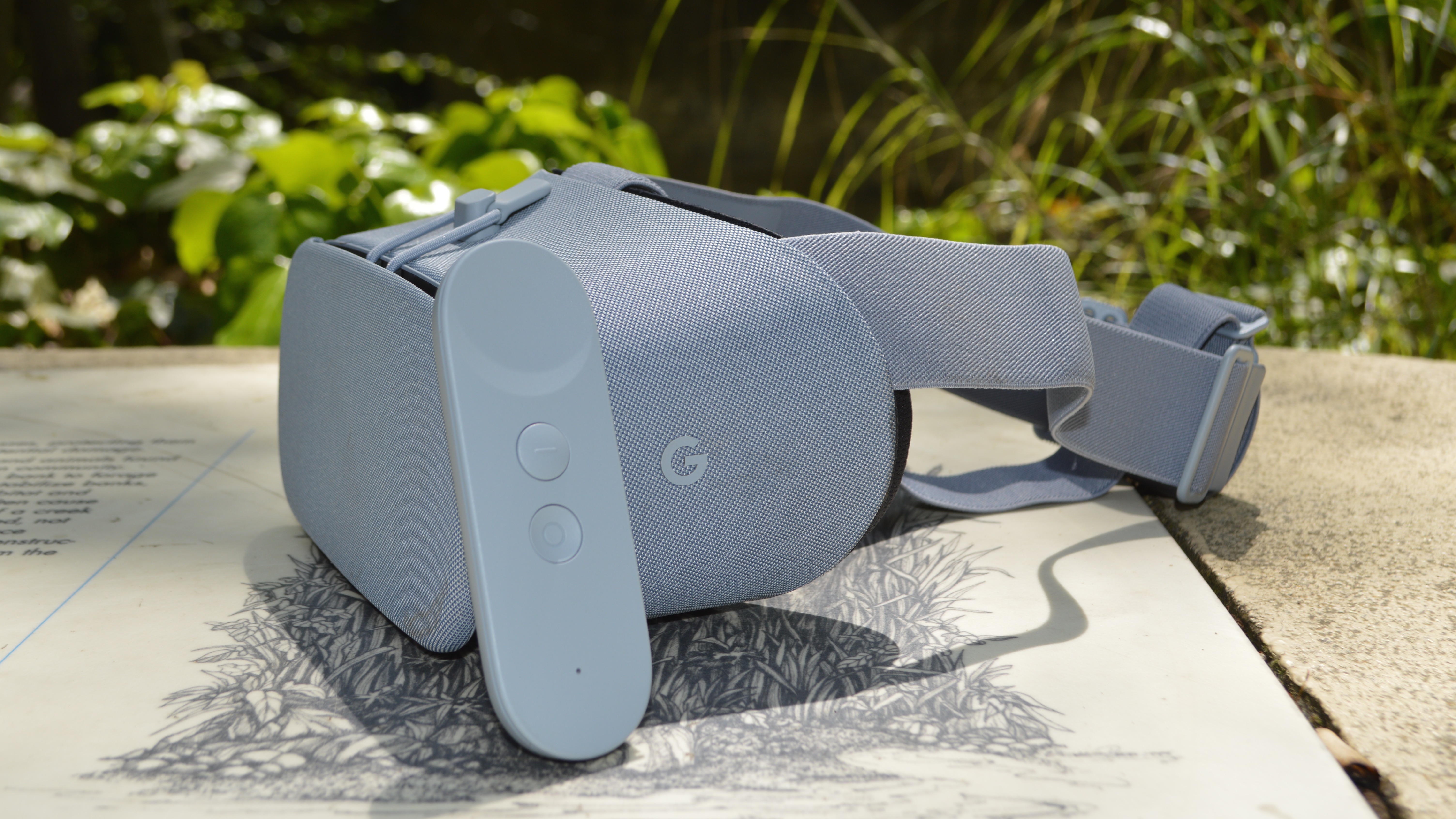
The Daydream controller lacks positional tracking, like the Oculus Touch controllers, but apps and games generally make good use of the controller’s limited capabilities.
In the Fantastic Beasts VR Experience, for example, your controller becomes a wand. While swinging your arm around and shouting “Wingardium Leviosa!” won’t cause virtual objects to levitate (in fact, your wand doesn’t really move away from your side), Fantastic Beasts still manages to put the controller to clever use and in a way that transports you into the VR world.
The variety of apps and games available on Daydream is respectable; it ranges from simple puzzle games to more elaborate fare like Fantastic Beasts, to cinematic experiences and YouTube VR.
Sign up for breaking news, reviews, opinion, top tech deals, and more.
This smorgasbord allows you to sample many different kinds of VR experiences, though it feels like that’s what most of these are: samples. Once you’ve played a game for a few minutes or even longer, or been inside a 360-degree photo or video, there’s not a lot to draw you back again.

What’s more, the Daydream View (2017) actually starts to feel uncomfortable after about 20 minutes. Not only do your head and neck start to ache, but a feeling of nausea also sets in, no matter how motionless the VR experience as been.
We physically had to take a break after a fun session with Fantastic Beasts VR because, at a certain point, we just didn’t feel good.
You may not be as prone to feeling ill in mobile VR as we are after an extended period, but fair warning that you might need to remove the headset at some point because you start to feel something akin to car sickness.
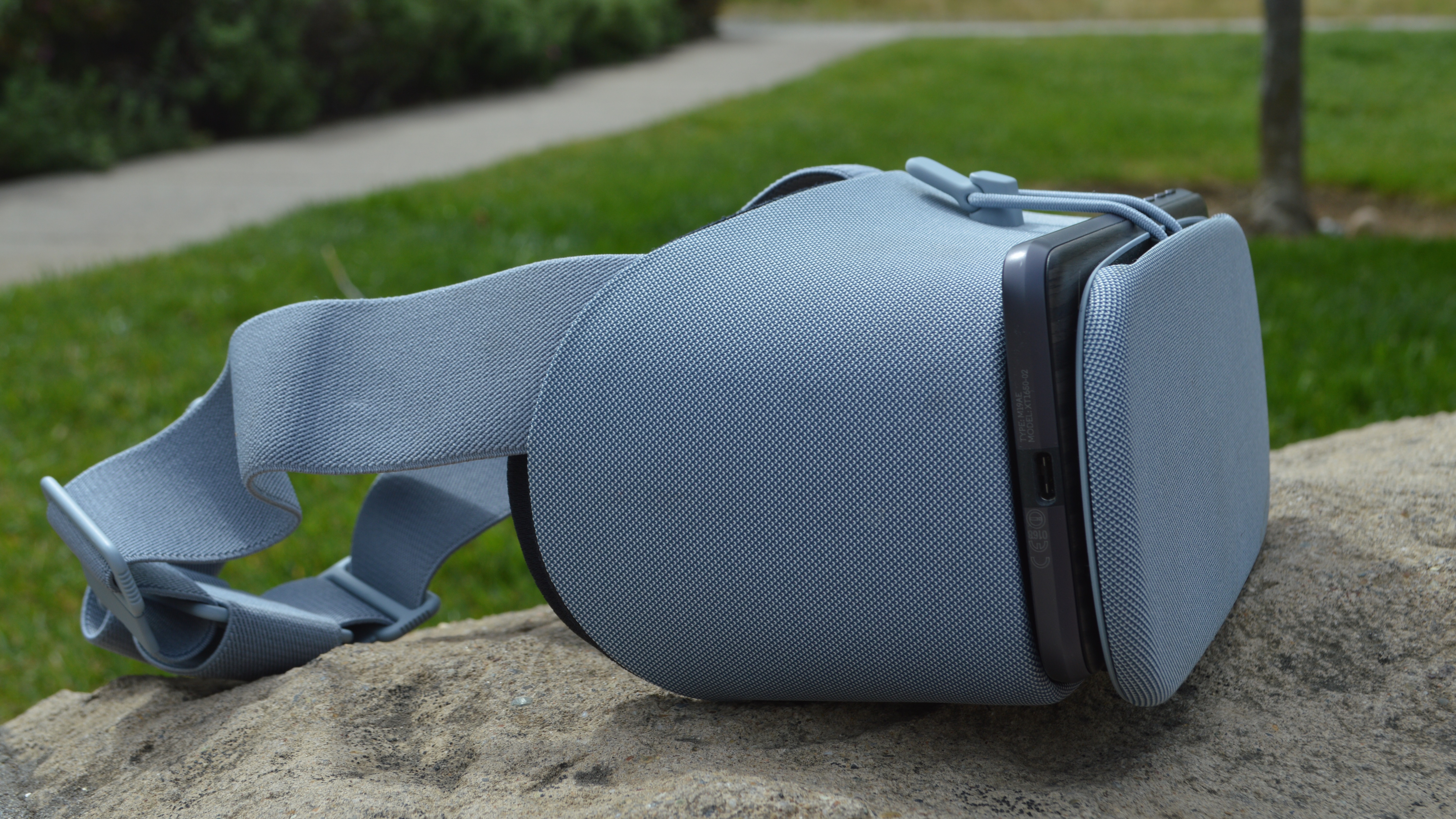
There’s a noticeable lag to the rendering that likely contributes to this feeling. Because you’re using a phone to process VR experiences and not a high-end PC, some delay is to be expected.
One 360-degree video experience though was simply unwatchable because the visuals failed to render all together; we were essentially watching a blurry video that was struggling to buffer a few inches from our face.
This wasn’t the case for every other experience we tested out, but it gives you an idea of the limits of mobile VR’s processing power.
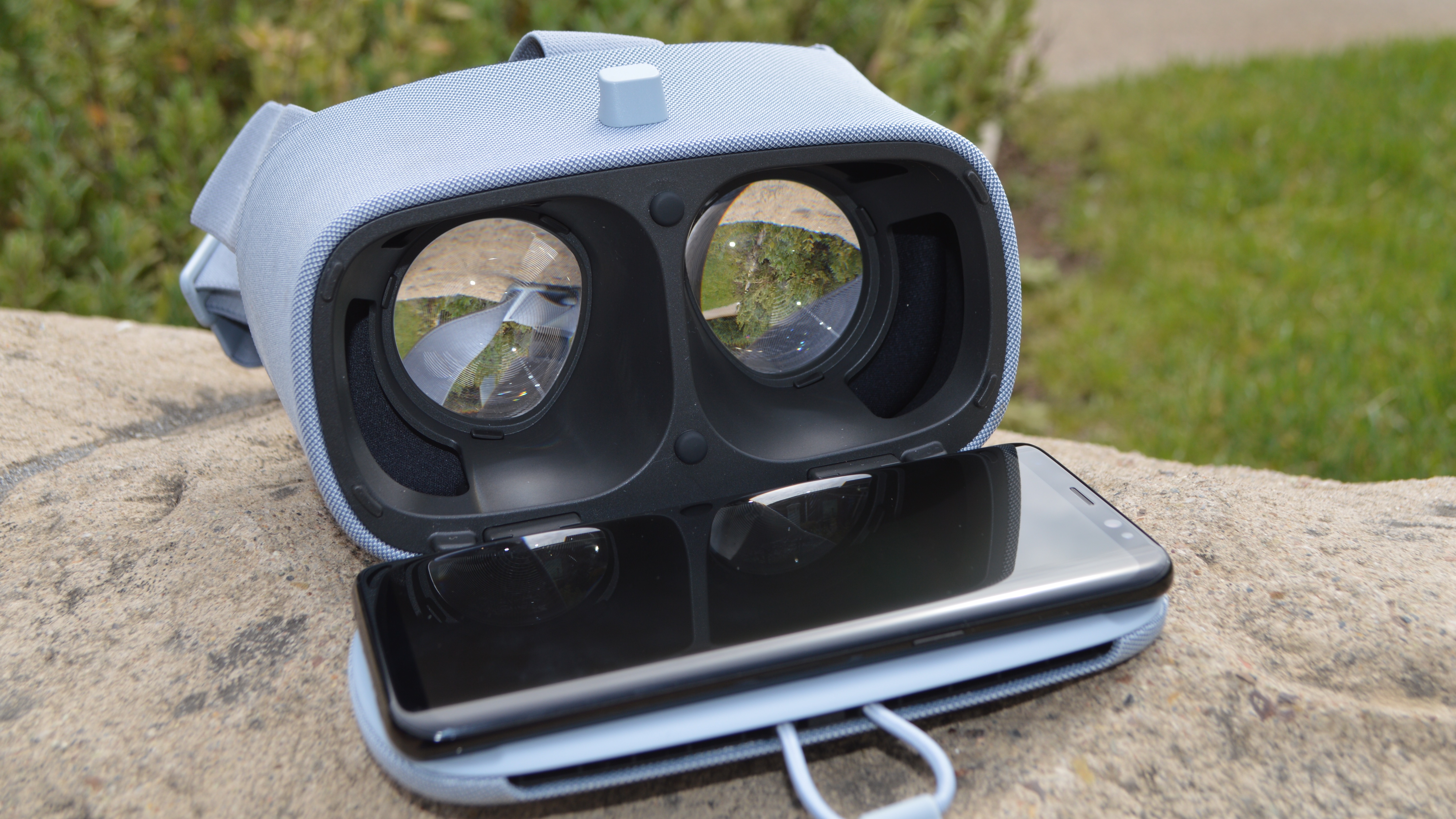
The screen door effect was also present with the Google Daydream View (2017) in testing it with a Moto Z, to the level that once you see it, it’s hard to ignore it. You won’t see the buttery smooth visuals of a high-end VR headset here (not that you should expect them).
We found the resolution on the standalone Oculus Go is much crisper than Daydream View, and though it costs more than Daydream View at $199 (about £150 / AU$255), you don’t get the added screen-door effect with Go, either.
The final point we’ll make about what it’s like to use Daydream View (2017) is the price your phone’s battery life will pay. Our phone battery actually didn’t drain as quickly as we had braced ourselves for, but it still got sucked up pretty fast.
By comparison, the Oculus Go provides about two hours of game play with about three hours of charging time.
Current page: Performance
Prev Page Introduction and design Next Page Phone Compatibility and Verdict
Michelle was previously a news editor at TechRadar, leading consumer tech news and reviews. Michelle is now a Content Strategist at Facebook. A versatile, highly effective content writer and skilled editor with a keen eye for detail, Michelle is a collaborative problem solver and covered everything from smartwatches and microprocessors to VR and self-driving cars.
